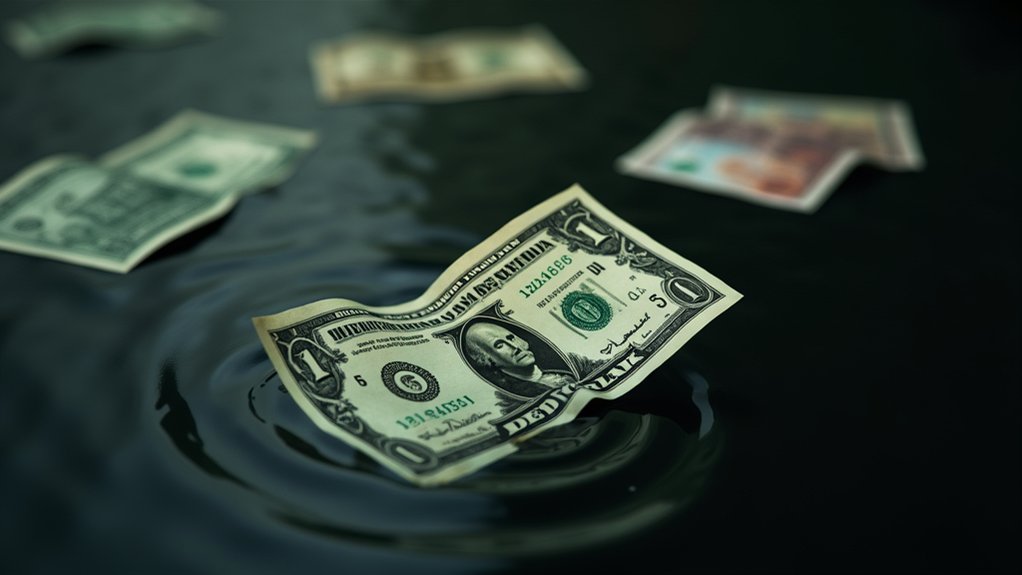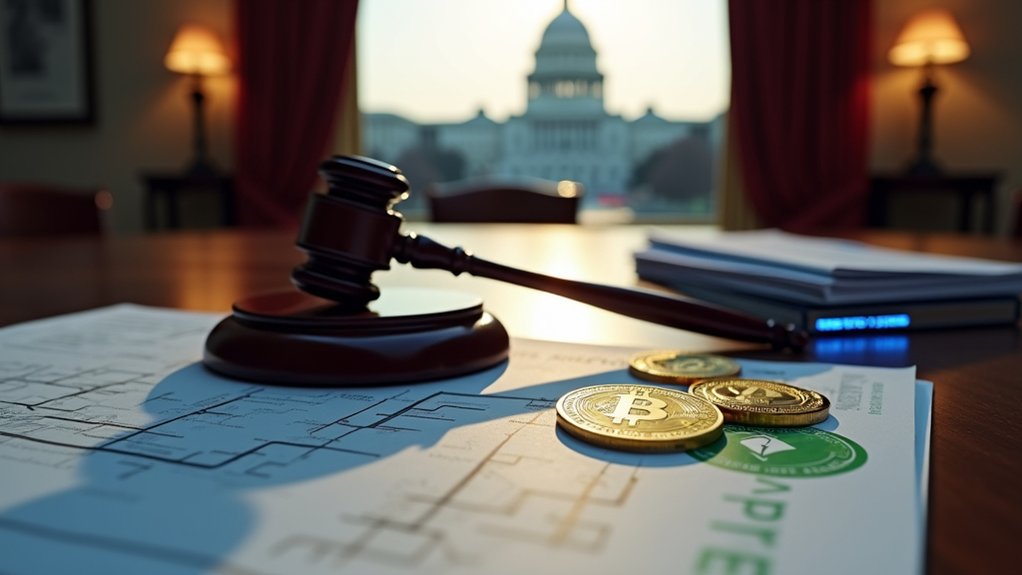Trust is a fragile thing – especially when it comes to America’s financial promises. The United States has danced with default more times than most people realize, and each episode has left its mark on both global confidence and the almighty dollar.
Take 1814, during the War of 1812. The Treasury simply couldn’t make its interest payments, and a bunch of Treasury notes went dishonored. Not a great look for a young nation trying to prove itself. The Gephardt Rule, established in 1979, was meant to prevent such crises by allowing automatic debt ceiling increases. The markets freaked out, investors lost faith, and the dollar took a beating. Who would’ve thought that missing a few payments could cause such chaos? Well, everyone.
America’s first dance with default in 1814 showed how quickly missed payments could shatter both market confidence and national credibility.
Then came the 1933-34 Gold Clause mess. The government basically told bondholders, “Remember that gold we promised you? Yeah, about that…” The Supreme Court eventually backed the government’s play, but the damage was done. Investors learned the hard way that even ironclad contracts could be broken, and the dollar wobbled as trust evaporated.
1979 brought what officials love to call a “technical default” – because that sounds better than “we messed up with our computers and missed $122 million in payments.” Sure, everyone got paid eventually, with interest for their trouble. But the market’s memory is long, and Treasury bill yields jumped like a cat on a hot tin roof.
More recently, debt ceiling showdowns have become America’s favorite political soap opera. The 2011 episode was so dramatic it cost the U.S. its triple-A credit rating from S&P. Each crisis brings the same script: Treasury warnings, market jitters, and a weakening dollar. It’s like watching a rerun, except the stakes keep getting higher. With public debt soaring to roughly 100% of GDP, the highest since World War II, these showdowns carry even more weight.
The pattern is clear as day. Every time the U.S. stumbles – whether through war, political gridlock, or plain old technical difficulties – global confidence takes a hit, and the dollar pays the price. Recovery always comes eventually, but each episode chips away at America’s financial reputation. Sometimes, the most expensive thing you can lose is trust.





